
‘Afraid of the water’? Life in a city that dumps billions of litres of raw sewage into lakes and rivers
10 billion litres of sewage are dumped into Winnipeg’s lakes and rivers each year. Some...
A marine protected area managed by Kitasoo Xai’xais Nation has been designated a ‘blue park’ — an internationally recognized example of excellence in marine protection. And it is the first Indigenous-led blue park in the world.
The 33.5-square-kilometre Gitdisdzu Lugyeks Marine Protected Area on the central coast of British Columbia encompasses Kitasu Bay, an area rich with herring, shorebirds, whales, sea lions and juvenile fish. The nation unilaterally declared a protected area in 2022, and began pursuing qualifications for blue park status shortly after.
The Marine Conservation Institute announced the Blue Park Award on April 17 in Athens, Greece. The institute launched the blue parks initiative in 2016, and it aims to support the United Nations target to protect 30 per cent of the world’s oceans by 2030.
A panel of scientists considers the productivity and importance of a proposed park’s location, as well as the rules and management enforced at the park, before selecting it to exemplify effective marine conservation. Gitdisdzu Lugyeks is the first blue park to be designated in Canada.
The nation established the protected area under its own jurisdiction, after finding the wheels of the provincial and federal governments were moving too slowly. The nation urgently wanted to protect the rich and diverse area of Gitdisdzu Lugyeks (Kitasu Bay) which falls within the Great Bear Rainforest. It sought out blue park status as recognition its stewardship is effective, in the face of federal government reluctance to officially acknowledge the protected area and wariness from some neighbours about limited access to natural resources.
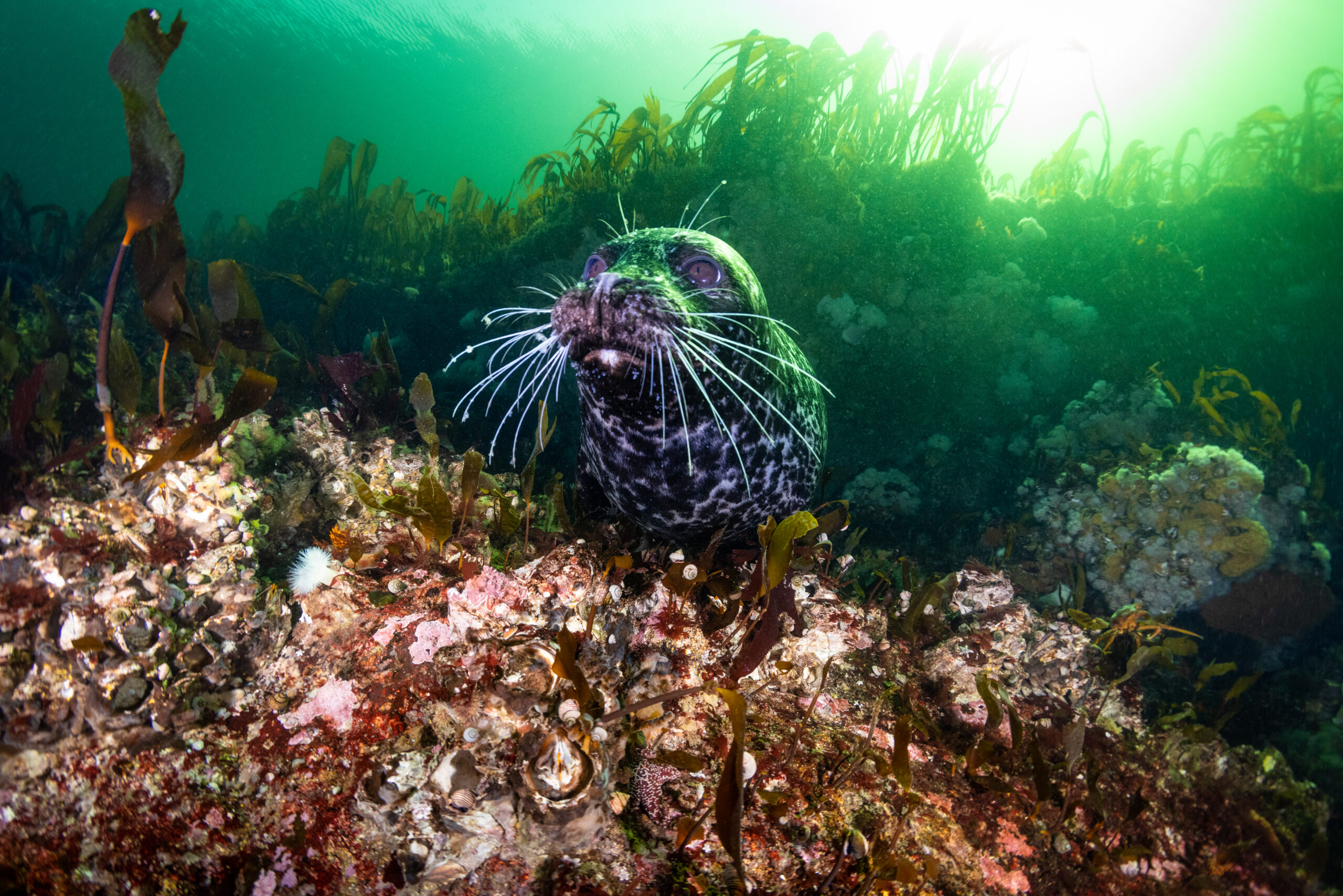
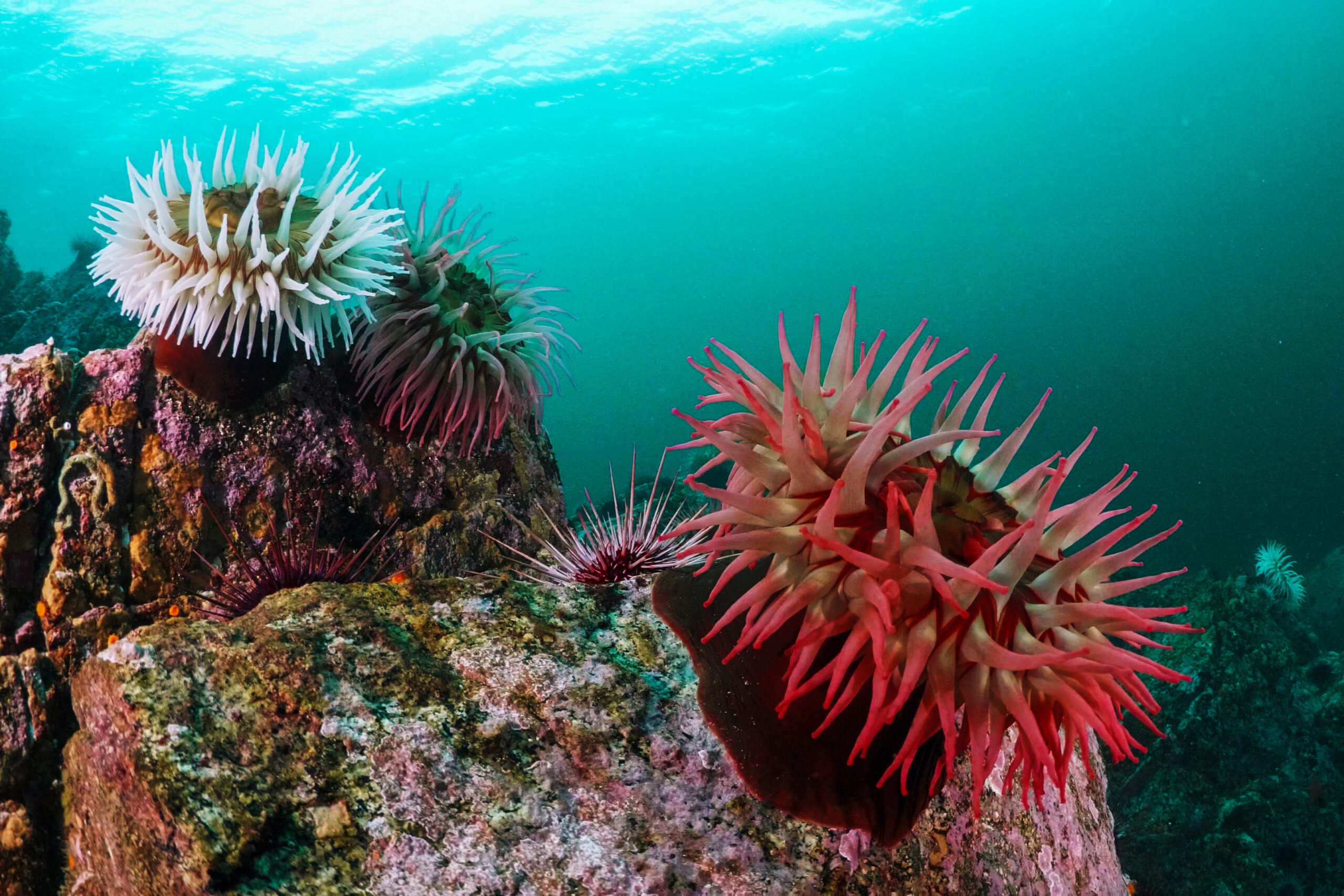
On Monday, Kitasoo Xai’Xais staff announced the blue park designation at Kitasoo Community School. For Santana Edgar, community marine use co-ordinator for the nation, it was her first time seeing and holding the physical award. She said the students showed immense pride at the international recognition of their park, which was declared not even two years ago.
“My son was the first to jump out of his seat,” Edgar told The Narwhal.
“I’m not really a public speaker, but it was something I was excited about, so it was easy for me to get up and explain to them — this is for you,” she said.
“All of this work that we’re doing, it’s not just for us. We are protecting what we have for you.”
Elders first began establishing a protected area at Gitdisdzu Lugyeks in the 1970s, Hereditary Chief Ernest Mason Jr. told The Narwhal. (Mason is Edgar’s grandfather.)
For years the nation pursued meetings with the federal government to establish a protected area, and for years, those meetings were delayed — until the nation decided to take matters into its own hands, Mason said. The nation declared the protected area, as designated by Kitasoo Xai’xais Hereditary Chiefs.
Gitdisdzu Lugyeks is often referred to as the “breadbasket” for Kitasoo Xai’xais. The herring spawn brings other animals into the bay and that richness impacts the wider coastline, Mason explained.
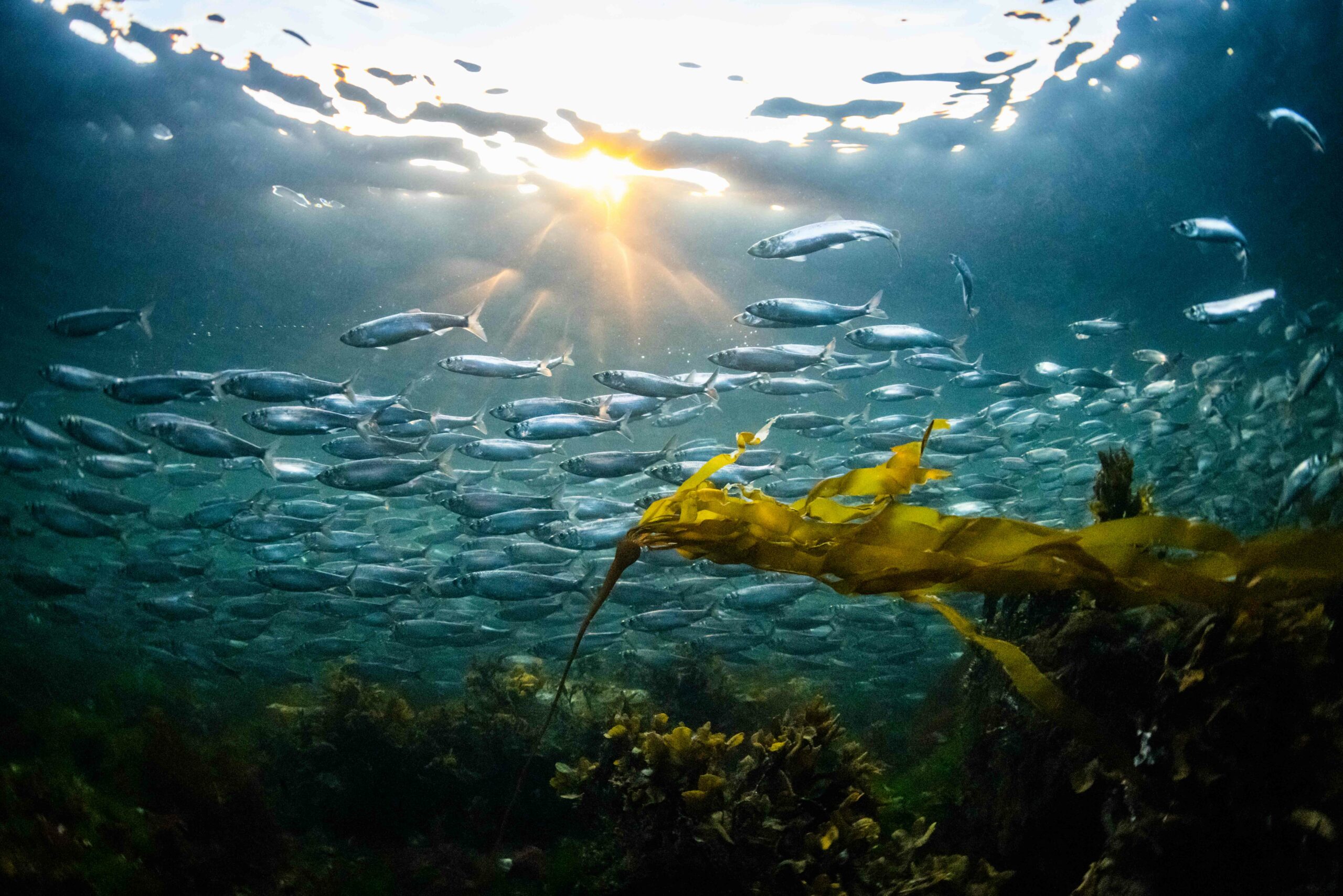
The community was acting on its concerns the federal fisheries department was allowing a cycle of overfishing herring, before closing fisheries for a while and then allowing overfishing again. The nation found the cycle disruptive for the community and the ecosystem and wanted to prevent the extirpation of herring. Fisheries and Oceans Canada did not respond to The Narwhal’s request for comment by publication time.
“In the circle of life, if you take out one thing — destroy something out of that circle of life — that will affect everybody,” Mason said. “It will come back to us.” The shorebirds, the sea lions and the humans will suffer from the loss of that food source.
He said he hopes people see how “a little community” was able to create this protected area and is on the path to regenerating the area — while achieving international recognition.
“We’re just continuing to work one step at a time. And hopefully everybody else will also be able to step aboard and do the same thing.”
Sarah Hameed, ecologist and director of the Blue Parks program, said the designation highlight successes to inspire others to “safeguard life in the sea.”
“We are thrilled to recognize the hard work of Indigenous leaders with this Blue Park Award for Gitdisdzu Lugyeks Marine Protected Area,” she said in a statement.
The marine protected area is managed by the Kitasoo Xai’xais Stewardship Authority, and eight watchmen monitor the territory. For almost two years since the declaration, the watchmen have been enforcing the nation’s closure for all commercial fishing in the bay, despite Fisheries and Oceans Canada continuing to permit it.
If herring and other species can thrive in the bay, the nation hopes that richness can expand into the surrounding area and benefit both the people and wildlife that depend on the coast.
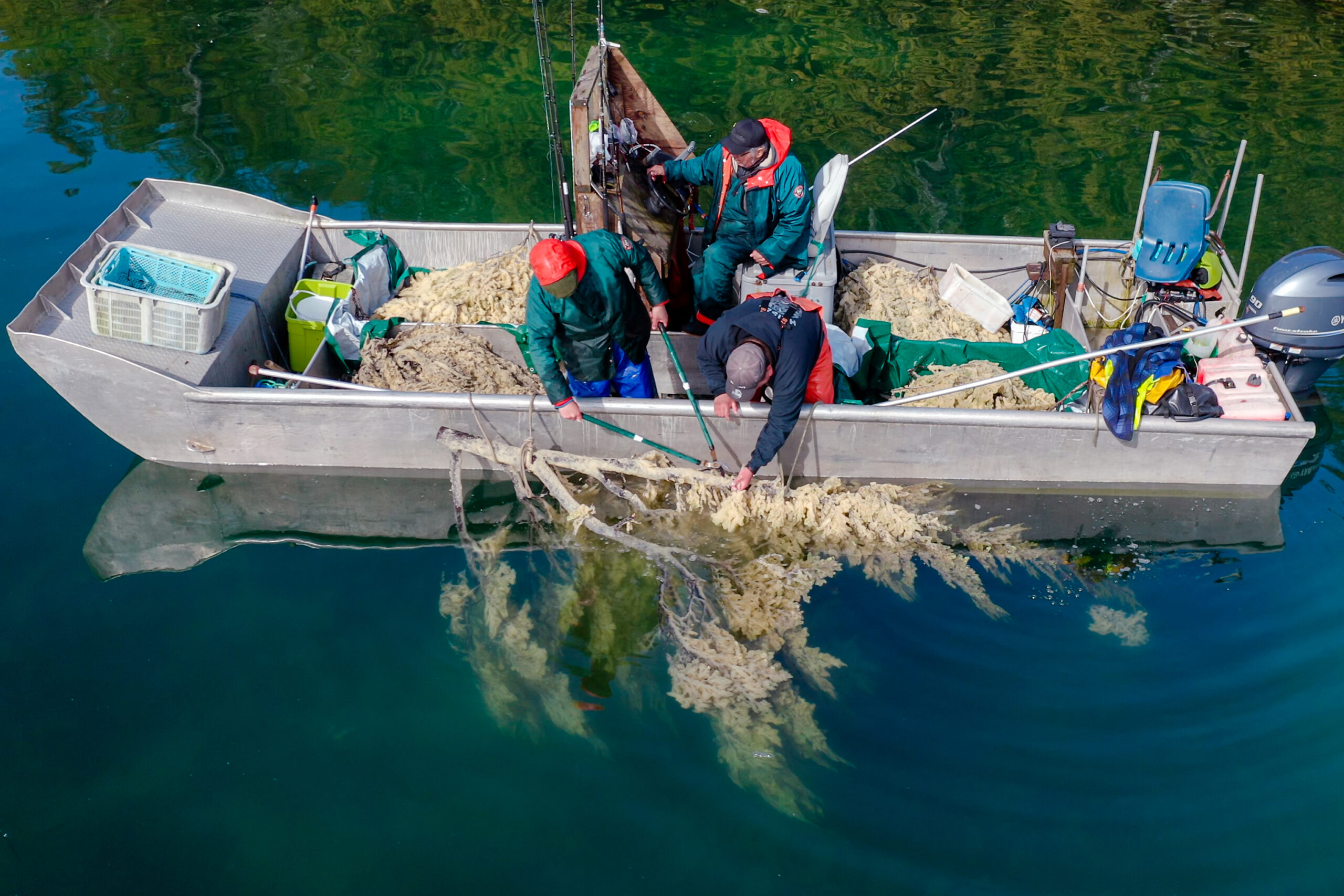
Douglas Neasloss, the chief councillor and resource stewardship director of the Kitasoo/Xai’xais First Nation, said commercial operators in the area have been largely respectful of the protected area.
He said he sees “fear-mongering” around Indigenous protected areas preventing non-Indigenous people from accessing resources, but explained their goal is bringing back species so that they are plentiful.
“If you just leave it status quo, we’re going to continue to get what we’ve been getting. So many species have gone downhill,” he said, citing abalone and salmon declines. “If we continue down this path, nothing’s gonna change and we’ll lose everything.”
Instead of complaining “when it’s too late,” Neasloss said the protected area is a proactive measure that will provide the species safe haven, and that building up those populations will ultimately benefit all fishermen.
Neasloss said the nation is still in discussions with the federal and provincial government to recognize the protected area. He added that the nation plans to announce further protected areas over the next couple months, and is working with other nations towards establishing a national marine conservation area reserve on the central coast.
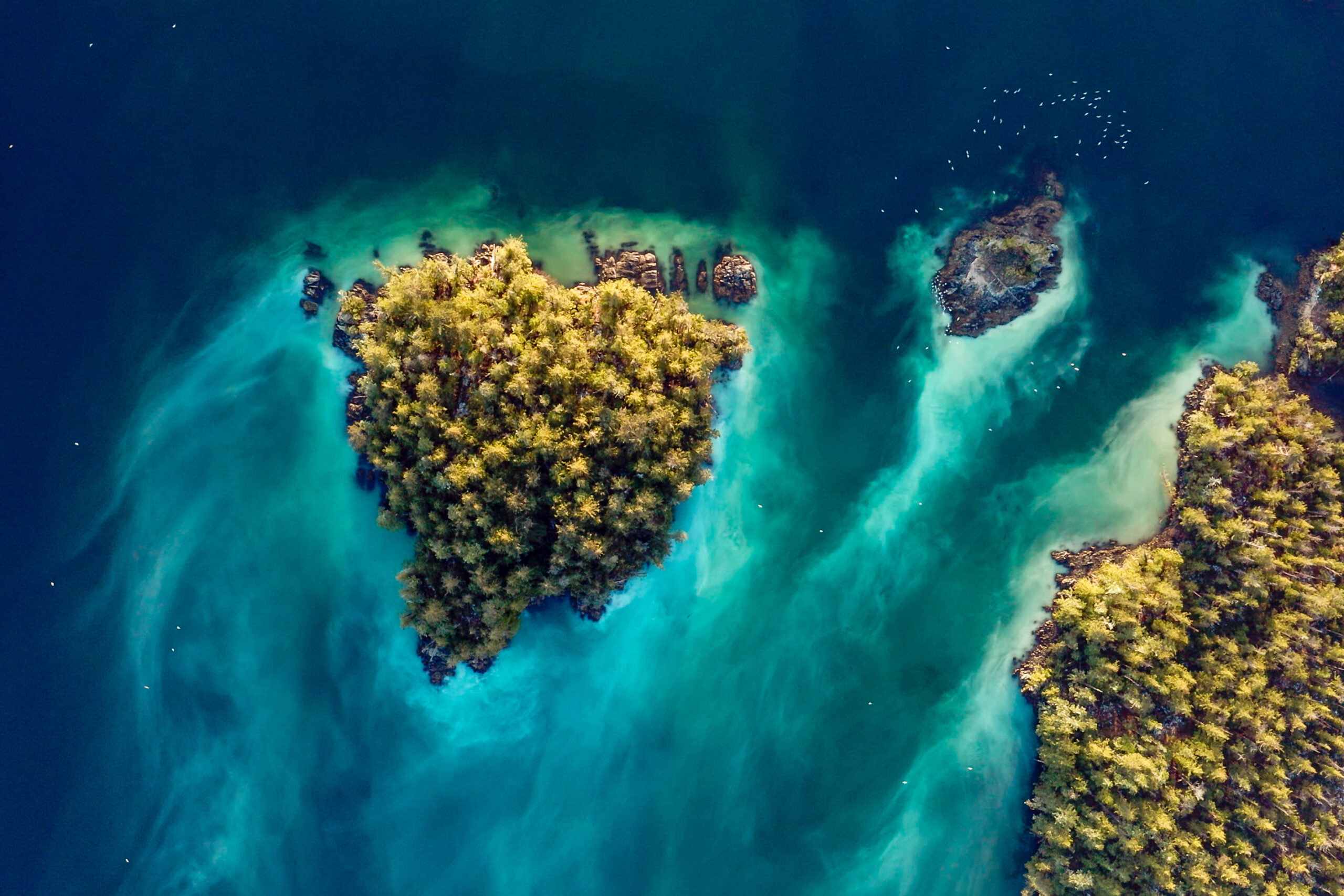
In the meantime, part of Edgar’s role is engaging with community members — young and old — about all the steps the nation is taking. In doing this work, she said she’s realized more and more how much her Elders, like her grandfather, Mason, were doing for her generation. Now, it’s her life’s purpose to do the same.
“I didn’t think about being in this role for the rest of my life, but now, I don’t really want to be anywhere else,” she said.
For her it’s not just for the next generation, but out of respect for the species that rely on that ecosystem and sustain human life.
“If we’re not respectful to their lives, how are they going to benefit ours?” she asked.
“We don’t want it to be something that used to be there. We want it to be something that future generations for years get to enjoy as well, and hopefully protect in the same ways.”
Get the inside scoop on The Narwhal’s environment and climate reporting by signing up for our free newsletter. On a warm September evening nearly 15...
Continue reading
10 billion litres of sewage are dumped into Winnipeg’s lakes and rivers each year. Some...

Court sides with Xatśūll First Nation, temporarily halting Mount Polley mine waste expansion

Break out the champagne: Emma’s storied life and leadership in journalism has earned her the...
